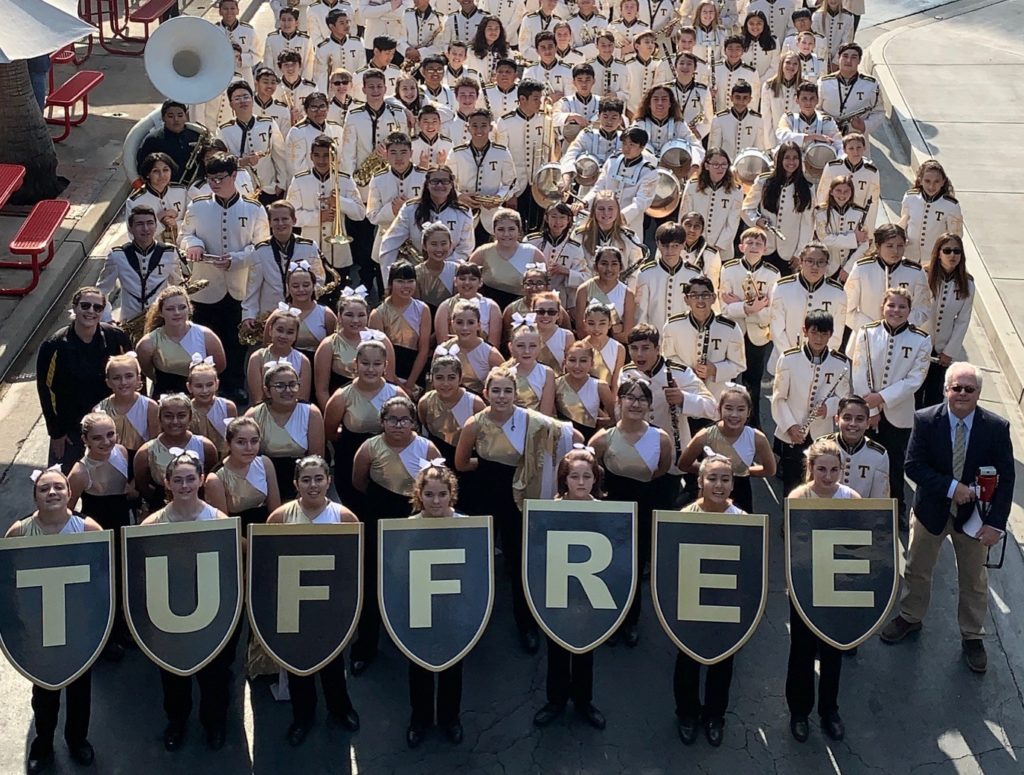
When Sammie Flanzbaum first got into music as a child, it was a place where she could be herself and express her feelings without words.
Glenda Bartell was a shy middle school student when she discovered the love of music and found a home in a band. “Feeling like I was part of a community is what kept me going,” says Bartell.
Now, both women share the magic of music with students every day as music educators — Flanzbaum at Pleasant Hill Middle School and Bartell at Brea Junior High School. Along with dedicated music educators across the state, they introduce students to music composition, teach them how to play a variety of instruments, and help them realize what they’re capable of accomplishing with practice and dedication.
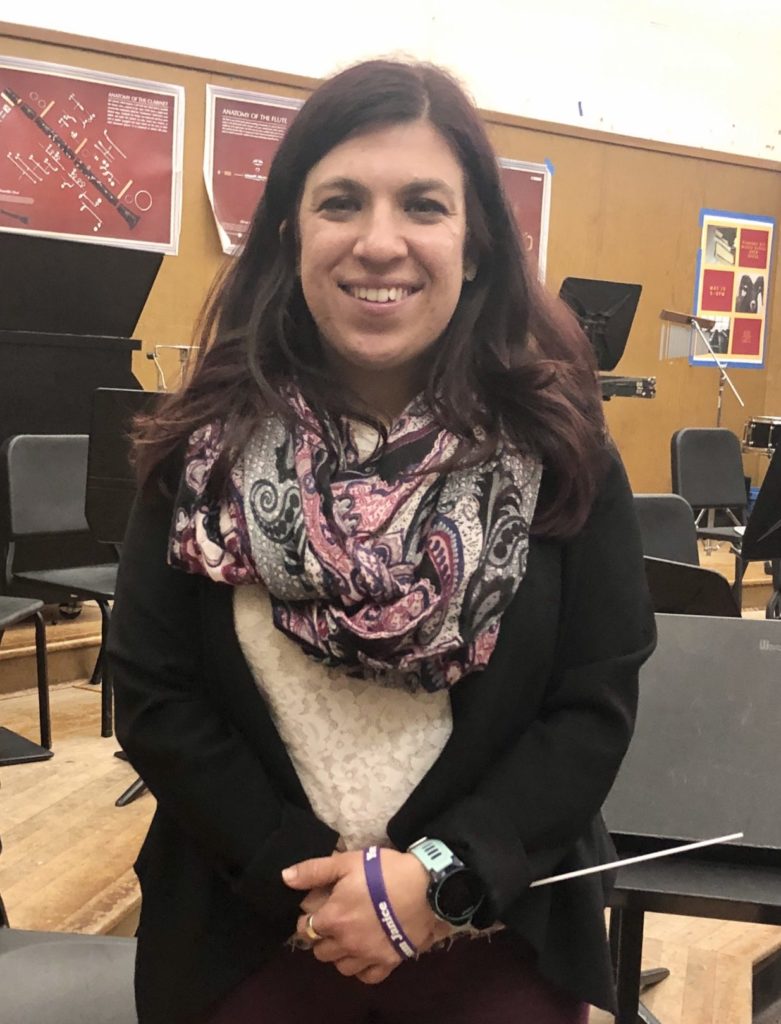
“Music education is a place for kids to have a creative outlet, a safe place to be comfortable and grow,” says Flanzbaum, a member of Mt. Diablo Education Association. “And when I see the magic and excitement of them figuring it out for themselves, it’s a rewarding experience for both of us — because they did it and I provided them with the tools they needed to do it.”
In celebration of music education and the power it can have in students’ development and well-being, March is designated by the National Association for Music Education (NAfME) as Music in Our Schools Month. The month has been celebrated for more than 30 years to raise awareness of the importance of music education, advocate for quality music programs in all public schools, and show the many benefits that school music brings to students.
According to NAfME, studies show that participation in music education increases children’s creativity, self-discipline, critical thinking and self-esteem, and enhances the development of abstract thinking skills. Music education also provides students with a sense of cultural heritage, inspiring appreciation of emotions and experience of others. Music educator Alex Willert says there’s so much more going on in his vocal classes than learning about the music itself.

“I look at music as a way to teach life lessons. My students learn leadership skills and how to work together to accomplish things,” says Willert, choir director at Brea Olinda High School and Brea Junior High, and member of Brea Olinda Teachers Association (BOTA). “It’s not just learning some notes and singing some songs. It’s about teaching them to grow as people. There’s a lot more you can learn from being in a choir than notes and words.”
For 37 years, Jim Hahn has shared the joy of music with students at Placentia-Yorba Linda Unified School District. The band director of a 300-student program at Tuffree Middle School, Hahn says the skills and knowledge needed to perform in a marching band require students to engage in a high level of thinking that can benefit them in all their academic endeavors. From needing to be mindful of posture and head position to marching steps and keeping time to playing the right notes on instruments, all at the same time, there’s a lot going on in a marching band.
“It’s a whole lot for students to comprehend, and it gets them thinking about complex concepts,” says Hahn, a member of Association of Placentia-Linda Educators. “Music gets them to think a different way.”
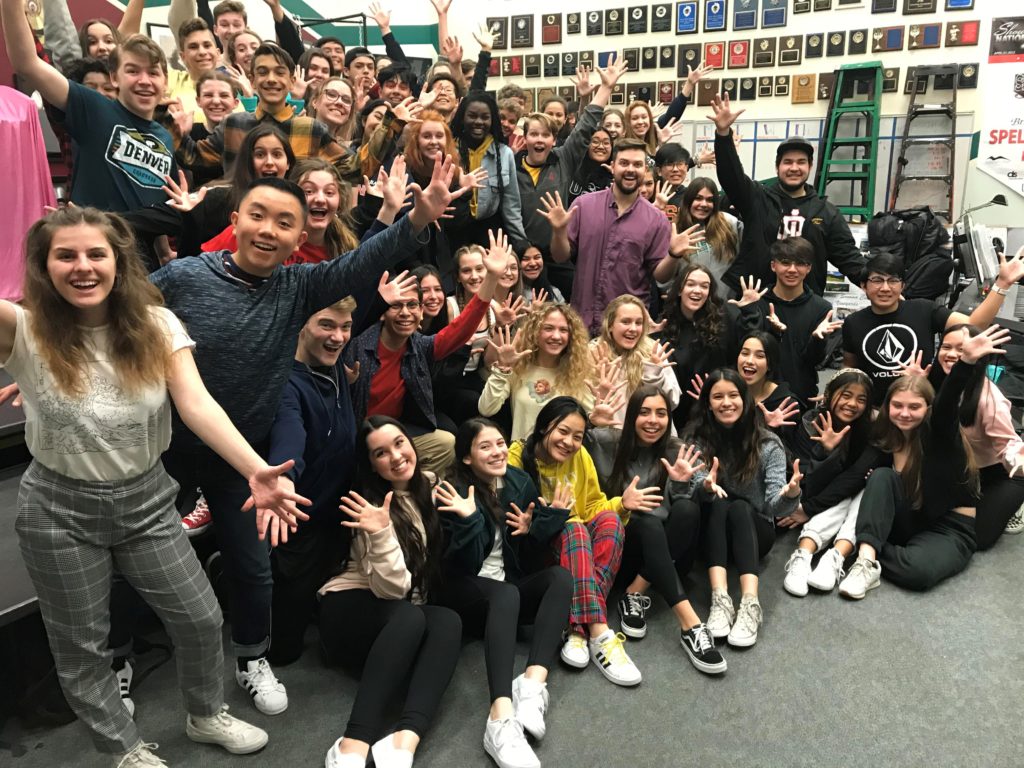
Constant need for resources, funding
A fact of life as a music educator is lack of funding and a constant need for resources. The decades-long practice of school districts cutting funding for music, arts and other noncore classes means that the relatively few music educators in public schools are constantly hustling and stretching paper-thin resources to give their students the opportunities they deserve.
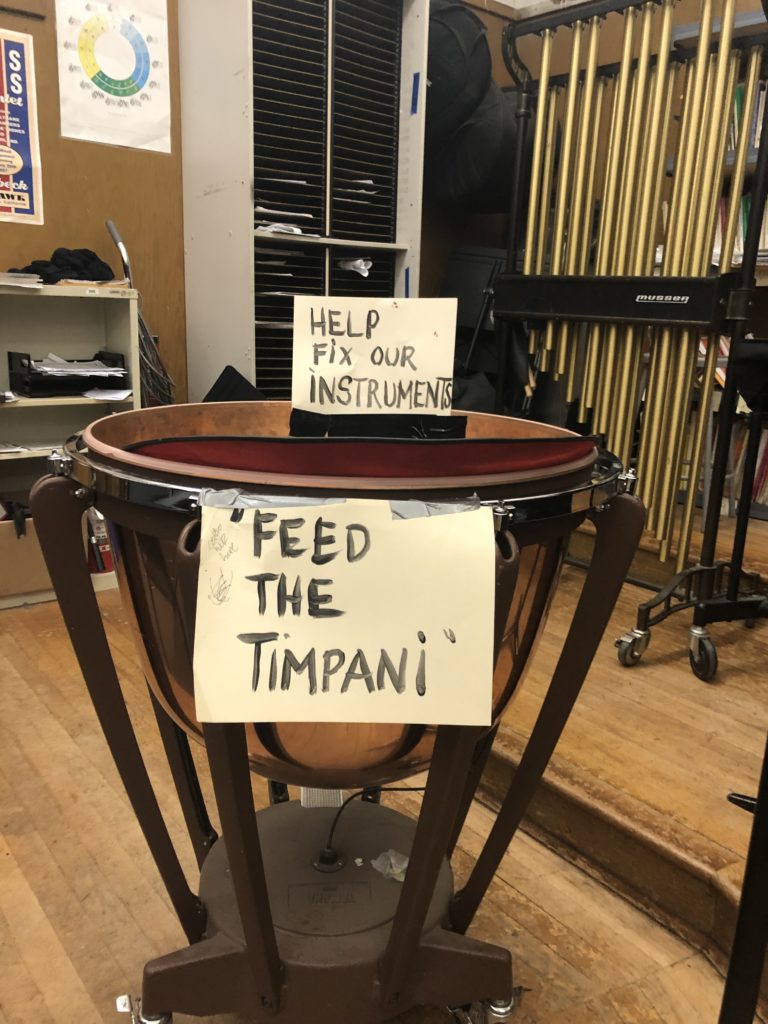
Flanzbaum recently took one of her bands to play in front of a local supermarket, asking passing shoppers to donate to the program and help buy a new timpani drum. And if prepping for seven different classes every day, overseeing practices and leading performances weren’t enough on her plate already, now Flanzbaum is working with parents who are starting a booster group to save her growing jazz band class, slated to be cut next year for lack of funding.
“The only way it can be a class next year is to raise about $20,000,” says Flanzbaum, noting that there’s no shortage of needs in her program. “We have so many instruments in need of repair or replacement, and we need a new music library.”
Even as a nationally recognized band director, and the long-serving music director for the Tournament of Roses in Pasadena, Hahn still has to grind and hustle for the funds his program needs. He works extra hard to keep it above water, making him a constant ambassador for his program, school and district as much as a music educator.
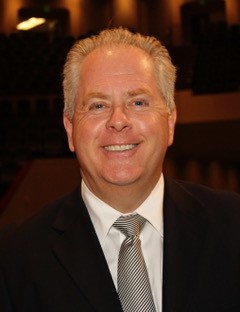
“Last year, my budget was $1,000 for new instruments,” he says, noting that 15 years ago, the budget was $8,000. “My school is 51 years old, and we have instruments that are just as old. We’ve had the same piano for 51 years.”
Ending funding cuts and investing in music education is a fight that requires partnership with parents and local communities, Bartell says. She recommends that educators involve parents in their district’s Local Control and Accountability Plan (LCAP) process to let it be known that music is a priority for the community. Her local is currently working through the LCAP to try to create a full-time elementary school music teacher position, so students have earlier exposure to music.
“Using LCAP money to create sustainable music education positions would be huge,” says Bartell, a BOTA member who has taught music in Brea Olinda Unified since 2003. “We haven’t had any funding for as long as I’ve been here.”
What music educators want you to know
All of these dedicated music educators were quick to mention that their students learn skills that help them in their core classes — a fact they don’t always feel their nonmusic teaching colleagues appreciate. Willert says a big misconception is that music teachers want every student to grow up to be a professional musician. While he acknowledges that would be fantastic, the reality is there is so much more than pitch and time to learn as a part of his choir class.
“It’s more than music. It’s getting students out of their shell,” Willert says, noting that there are social and emotional benefits to music education. “We’re teaching them how to handle things in life.”
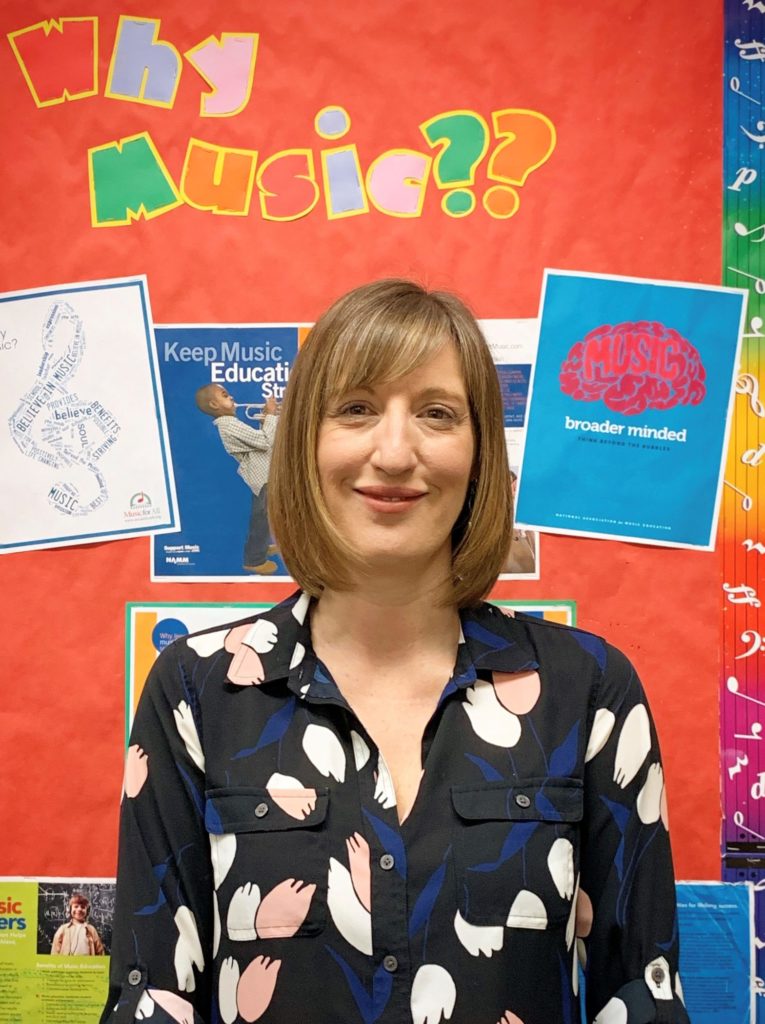
Creating curriculum is another particularly challenging piece for music teachers. Flanzbaum says she teaches band, orchestra and general music, and not once has she ever had curriculum handed to her. Instead, she pulls plans from the Teachers Pay Teachers website, or looks at national standards and builds her own lessons. Willert says he develops new curriculum every year, complete with selecting new songs to learn for seven major shows with his show choir.
Bartell says it is common for music curriculum to vary from district to district because every educator addresses the standards differently. “Since music is not tested, it’s not given the level of importance from administration.”
Sharing the joy of music is a labor of love, says Flanzbaum, and even with the frenzied schedule, long hours and seemingly uphill climb at every turn, she wouldn’t trade it for the world.
“I love this exhausted!” she says. “I know what music means to my students, and I’m so proud to be able to create this space for them.”
For more information on Music in Our Schools Month and for ideas on how to support school music, visit the National Association for Music Education at nafme.org.
The Discussion 0 comments Post a Comment